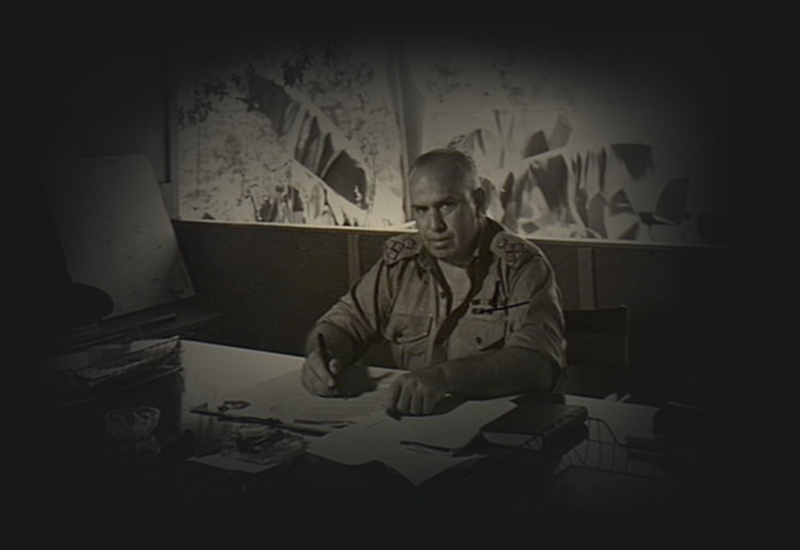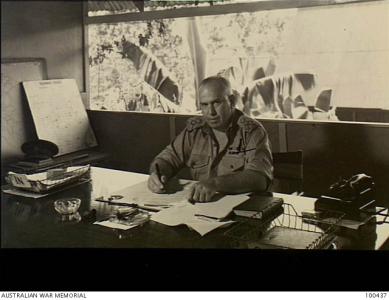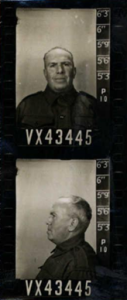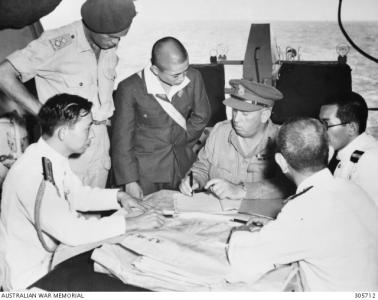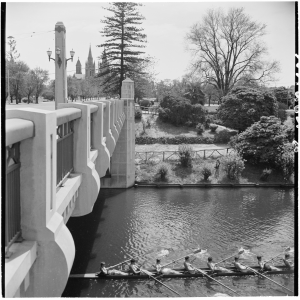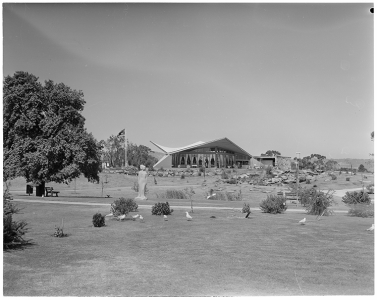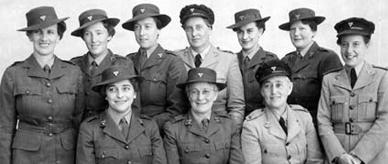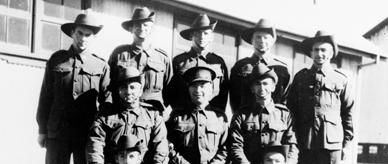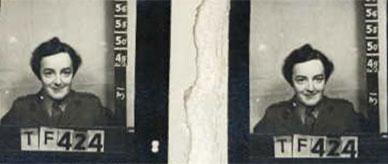The National Archives holds the personal service records of Australians who served in World War I and World War II. Each record documents a service person’s enlistment, movements, transfers, promotions and ultimate fate.
The more than 1.5 million records are a rich resource for researchers and historians. And we’re currently making them easier to access by putting digital versions in our RecordSearch database.
All World War I service records and some World War II files have already been digitised. The rest of the WWII records will be digitised over the next three years.
Engineering under fire
Many Australians served in both world wars, and their service records can reveal a lot about a person’s life.
Take William Charles Douglas Veale, an engineer and veteran of both wars.
The son of a Cornish mining manager, Veale was born in Bendigo, Victoria, in 1895. Educated at the Bendigo School of Mines, he was later apprenticed to an engineer at the Whittlesea Shire Council in Morang.
Veale’s WWI service record tells us that he joined the Royal Australian Engineers in 1916. In 1917, in Belgium, his group was attacked and many members were gravely wounded. While under fire, Veale pulled them to safety while finishing the mission he set out to do. This earned Veale the Distinguished Conduct Medal.
One night in August 1918, Veale supervised the construction of two strategic bridges near Peronne, France. Surrounded by darkness and shell fire, his crew completed the vital bridges for their infantry while remaining completely undetected by the enemy. This earned Veale another gallantry award, the Military Cross. Veale was commended for his ‘fine example of courage and energy’.
From landscaper to guerrilla leader
After the war Veale returned to civilian employment, working at the Kowree Shire Council in Victoria and then as city engineer and surveyor for the Adelaide City Council. He supervised the creation of the Adelaide Bridge and landscaping along the River Torrens. He also served in the Militia (the reserve army), rising to the rank of lieutenant colonel.
World War II saw Veale back in full-time service, where he was quickly promoted to chief engineer with the 7th Military District. In 1942 he was appointed temporary Brigadier in charge of Sparrow Force: a detachment of Australian, British and Dutch units set up to defend Timor from the Japanese.
When the Japanese did invade, and part of Sparrow Force was taken prisoner. Veale led the rest into the island’s rugged interior to carry out guerrilla warfare against the Japanese. They had no communication with Australia for 60 days until some of the force’s engineers managed to build a radio out of salvaged parts.
Veale was evacuated from Timor in May 1942. He spent the rest of the war commanding a training centre and working as chief engineer, spending lengthy periods in Papua and New Guinea. He was mentioned in despatches and was on board HMS Glory for the surrender of Japanese forces in New Guinea, New Britain and the Solomon Islands in September 1945.
Building a garden city
With the war in the Pacific over, Veale was appointed Adelaide’s town clerk. An exceptionally hard worker, he was known for his violent temper and was as tough on himself as he was on his staff.
After so many years witnessing trauma, Veale strove for beauty. He set out to improve many aspects of the city, from drainage to street width. He started a large project to adorn Adelaide with lakes, parks and gardens while refurbishing the existing decrepit parks.
William Veale retired in 1965 and spent his last years tending his garden in north Adelaide. He died in 1971 and was survived by his wife Eileen and two daughters.
Discover remarkable lives
Start exploring service records in the National Archives to reveal the stories of Australia’s World War I and World War II service people. Our staff are available to help you find what you need.

